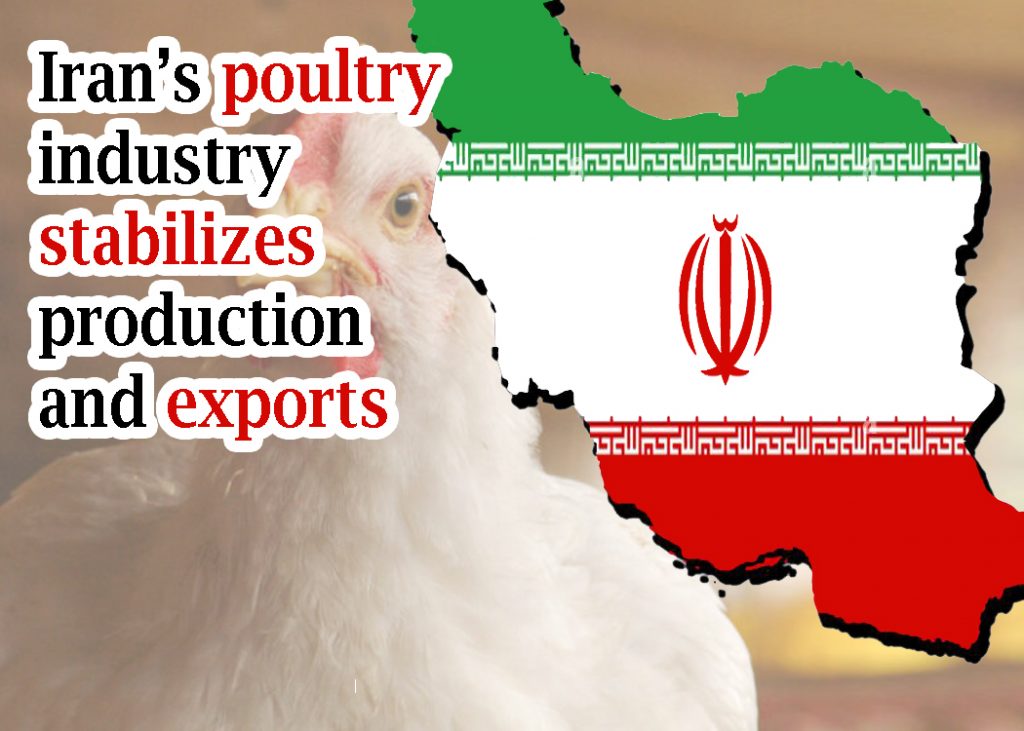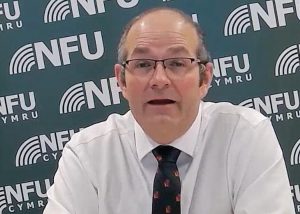
AVN Monitoring Desk
TEHRAN: After a difficult year, Iran’s poultry industry has rebounded, stabilizing production and resuming exports, says Ali Ebrahimi, chairman of the National Union of Goshti Poultry Farmers, who shared this progress with the local news outlet Balag, noting the industry’s impressive recovery since the start of the Persian year 1403 on March 23, 2024.
Last year’s production difficulties had forced Iran to import chicken to meet domestic demand. However, the current year’s surplus has allowed the country to successfully re-enter the international market. Iran has exported approximately 13,000 tonnes of poultry, primarily to neighboring Iraq, reinstating its position as a net poultry exporter.
In addition to the country’s resurgence in exports, chicken prices in Iran have also stabilized.
Ebrahimi noted that during the previous deficit, the price of broiler meat soared to 30,000 tomans per kilogram, occasionally reaching 40,000 tomans. Currently, prices have decreased to a more manageable range of 25,000 to 27,000 tomans per kilogram, roughly equivalent to $2.5 USD per kilogram.
The actual international value can be difficult to gauge due to Iran’s complex currency exchange system, which includes open market rates, official rates, and the Central Bank’s NIMA rate.
Ebrahimi said that Iran will produce around 3 million tonnes of poultry this year, comfortably meeting domestic demand. He praised the government’s supportive measures, saying that consumers have benefited significantly from these policies.
Despite the progress, the industry continues to face systemic challenges. Mohammad Ali Rezaei, head of the Agriculture Commission of the Chamber of Commerce, stressed the need to resolve the multiple exchange rates of the Rial.
The current fluctuations make it difficult for poultry farm managers to plan accurately, leading to increased production costs and supply chain instability.
Rezaei stressed that a unified exchange rate system would be crucial for the sector’s long-term sustainability, helping to attract investment and stabilize operations.
While the short-term outlook is positive, addressing these structural issues will be key to ensuring the continued success and stability of Iran’s poultry industry.





